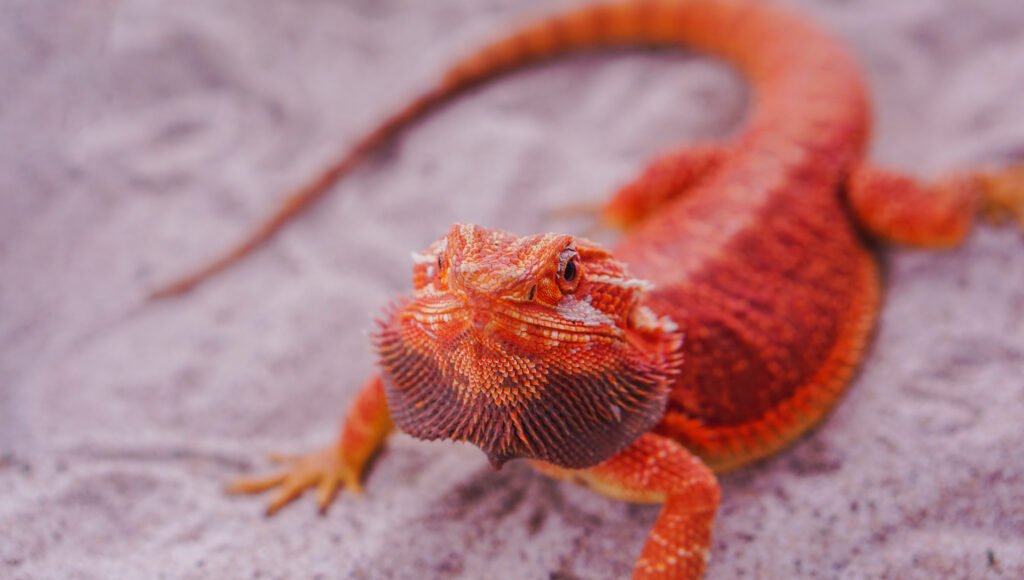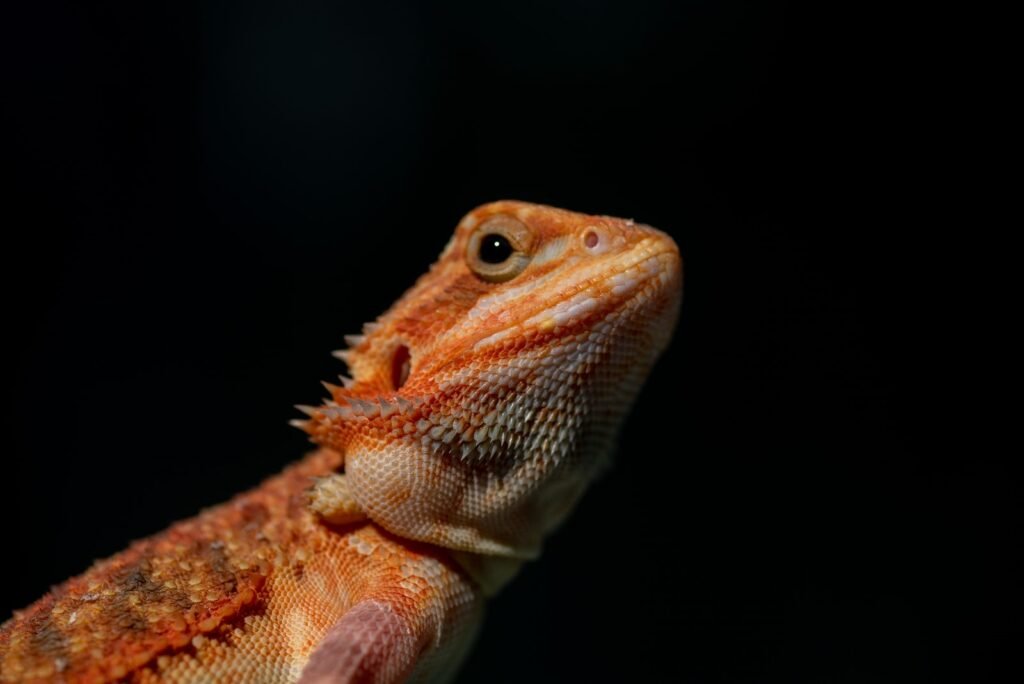This comprehensive guide empowers bearded dragon owners with everything they need to know for successful breeding. Learn about breeding considerations, ideal breeding setups, incubation secrets, and essential care for baby bearded dragons (hatchlings).
Understanding the Bearded Dragon Breeding Process
Breeding bearded dragons can be a rewarding experience, but it’s important to approach it thoughtfully and responsibly. Here are some key factors to consider before diving in:
🔹Commitment Level: Breeding bearded dragons requires a significant time investment. You’ll need dedicated enclosures for the parents, incubation setup, and raising the hatchlings. Be prepared to provide proper care for all the bearded dragons involved for several months.
🔹Dragon Health: Only breed healthy adult bearded dragons (at least 18 months old) with desirable traits. Ensure they are free from parasites, respiratory infections, or any other health concerns that could be passed on to their offspring. A pre-breeding vet check is highly recommended.
🔹Breeding Season: Bearded dragons naturally breed during the warmer months, typically spring and summer. In captivity, you may need to create a brumation period (a dormancy phase) by mimicking cooler temperatures and shorter daylight hours. This can help stimulate their breeding instincts. You can learn more about this natural behavior in our bearded dragon brumation guide.
🔹Ethical Considerations: Do you have a plan for finding responsible homes for the baby bearded dragons? Breeding should never be done for profit alone. Responsible breeders often maintain waiting lists or partner with reptile rescue organizations to ensure good homes for hatchlings.
Preparing for Successful Breeding
Once you’ve considered the responsibilities involved, here’s how to create a breeding environment that promotes success:
✔️Separate Enclosures: Having separate enclosures for your male and female bearded dragons is crucial for their well-being. This helps prevent injuries and stress, especially during the breeding season.
✔️Breeding Setup: Introduce the male to the female’s enclosure only for breeding purposes. Provide a spacious enclosure for the female with a designated “lay box” filled with a moist substrate like a mixture of sand and soil. This allows her to comfortably dig and lay her eggs.
✔️Mating Behavior: When ready to breed, the male will display courtship behaviors like head bobbing, black bearding, and strutting. If the female is receptive, she may respond with slow head bobs and arm waves. Observe them closely during this process and separate them immediately if any fighting occurs.
Beyond the Basics
👉Nutritional Support: During breeding season, both male and female bearded dragons will require increased calcium intake to support egg development and overall health. Consider offering calcium supplements alongside a varied diet of vegetables and insects.
👉Breeding Compatibility: Not all bearded dragons will be compatible for breeding. Consider their temperament, size, and overall health when making breeding decisions. Some breeders suggest introducing the male and female for short periods before breeding to assess their compatibility.
👉Stress Management: The breeding process can be stressful for bearded dragons. Minimize handling during this time and provide them with hiding spots in their enclosures to feel secure.
Incubation and Hatching
Caring for Bearded Dragon Eggs
Once the female lays her eggs, proper care is essential for their successful incubation:
🔸Incubator Setup: Invest in a specialized reptile incubator. Maintain a consistent temperature (around 84°F) and humidity level (70-90%) throughout the incubation period. Avoid exposing the eggs to direct sunlight or sudden temperature fluctuations.
🔸Egg Handling: Handle eggs very carefully to avoid damaging them. Mark the top side of each egg with a pencil to prevent accidental rotation during incubation.
🔸Monitoring Eggs: Regularly monitor the eggs using a candling lamp to check for signs of development and potential issues like mold or collapse. Consult a veterinarian if you notice any abnormalities.
The Hatching Process
🔹Incubation Time: Bearded dragon eggs typically incubate between 60-90 days. The exact incubation period depends on factors like the average temperature in the incubator. Warmer temperatures tend to result in slightly shorter incubation times.
🔹Hatching Signs: When the time is near, you might observe the eggs ‘deflating’ slightly or ‘sweating’ with condensation. Baby bearded dragons have a specialized ‘egg tooth’ which they use to pierce and emerge from their shell.
🔹Emerging Hatchlings: Most baby bearded dragons will hatch without issue. They might work their way out of their egg over several hours. Allow them to emerge independently. Avoid trying to help them break free or open their egg prematurely!
🔹Rare Assistance: In very rare cases, a hatchling might struggle to emerge for an extended period. If this happens, you can consider very carefully assisting them by creating a small slit in the egg.
Only do this as a last resort after extensive research and consider consulting a veterinarian for guidance.
🔹Initial Care: Once hatched, the baby will still have a yolk sac attached. This provides nutrition for the first few days.
Allow them to completely absorb this before offering food. Provide proper lighting, temperature gradients, and humidity for them to thrive.
Hatchling Observation: Things to Monitor
✔️Physical Development: Observe your hatchlings for any physical abnormalities like missing toes, tail kinks, or deformities. These can sometimes occur and may merit consultation with a reptile veterinarian.
✔️Feeding: Most hatchlings will begin eating after a day or two when their yolk sac is absorbed. Offer them small insects, dusted with calcium, to ensure proper nutrition.
✔️Hydration: Provide fresh water in a shallow dish accessible to your hatchlings. They might not drink initially but having the water ready is important. Misting their enclosure slightly can also aid with hydration.
✔️Socialization: Some experienced breeders recommend gentle handling and interaction with the hatchlings from a young age. This can help socialize them and create trusting bonds.
✔️Separation: While some breeders keep hatchlings together initially, they generally recommend moving them to individual enclosures as soon as possible. This prevents competition for food, and basking spots, also reducing any risk of injury.
✔️Egg Sac: Once the baby bearded dragons have fully emerged, it’s important to remove any leftover eggshells or egg sac remnants to prevent mold growth in their enclosure.




